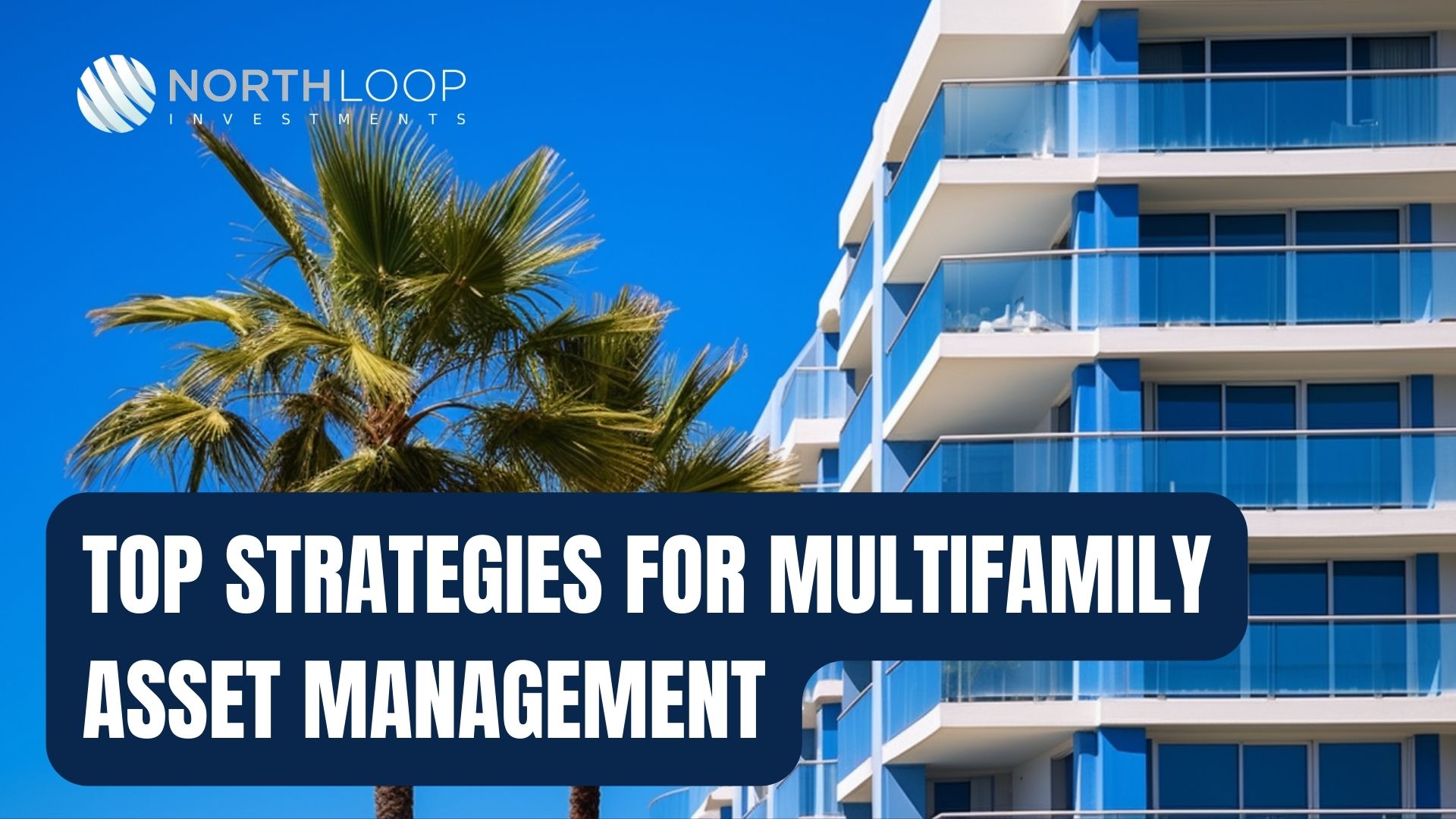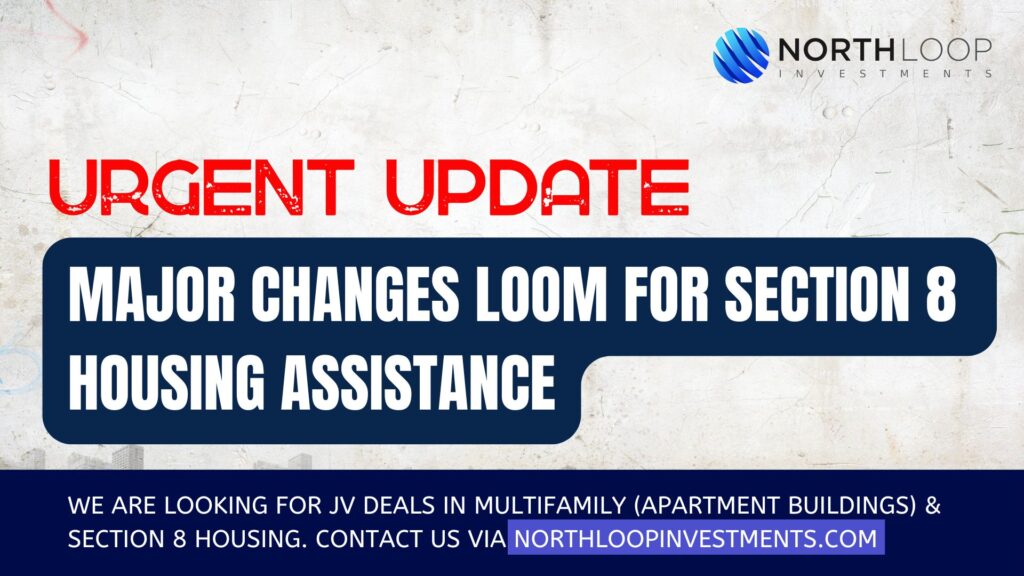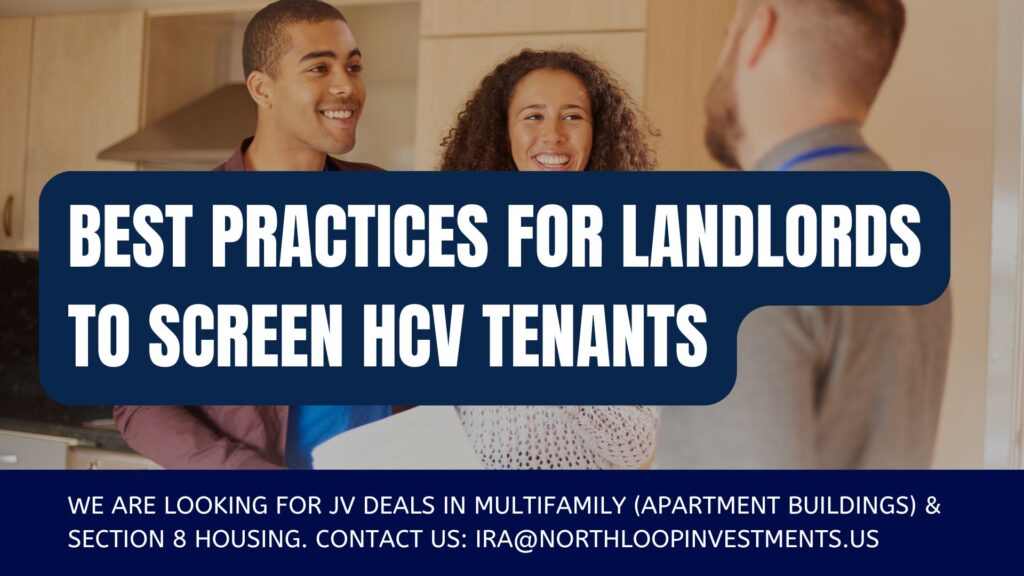Investing in multifamily properties can be a lucrative venture, but it requires effective asset management to maximize returns and ensure long-term success. In this comprehensive guide, we’ll explore the top strategies for multifamily asset management, providing actionable tips and relevant examples to help property owners and managers thrive in the competitive real estate market.
1. Property Maintenance and Upkeep:
- Details: Regular and proactive maintenance is the cornerstone of successful asset management. It helps preserve the property’s condition, extend its lifespan, and keep tenants satisfied.
- Example: Suppose a tenant reports a leaky roof during a heavy rainstorm. Taking immediate action to fix the issue not only prevents further damage but also demonstrates your commitment to tenant satisfaction.
- Actionable Tip: Create a comprehensive maintenance schedule that includes routine inspections, addressing minor repairs promptly, and conducting annual assessments of major systems like HVAC and plumbing.
2. Tenant Screening and Retention:
- Details: Effective tenant screening minimizes risks by selecting reliable renters, while tenant retention reduces turnover costs and maintains a steady income stream.
- Example: When screening tenants, look for candidates with a stable rental history, a reliable source of income, and positive references from previous landlords.
- Actionable Tip: To retain tenants, offer lease renewal incentives, such as a modest rent increase, or consider addressing their requests promptly to show your commitment to their satisfaction.
3. Rent Optimization:
- Details: Regularly assessing and adjusting rental rates based on market conditions is crucial for optimizing income.
- Example: If comparable properties in your area are renting similar units for 10% more than your current rates, consider implementing a gradual rent increase strategy.
- Actionable Tip: Use market data and rental comparison tools to stay competitive and ensure your rents align with the local market.
4. Expense Management:
- Details: Careful expense management helps control costs without compromising tenant satisfaction or property quality.
- Example: If landscaping costs are increasing, solicit competitive bids from landscaping companies or explore alternative low-maintenance landscaping options.
- Actionable Tip: Regularly review service contracts, negotiate favorable terms, and invest in energy-efficient upgrades to reduce utility expenses over time.
5. Value-Add Initiatives:
- Details: Identifying opportunities to enhance the property’s value can attract higher-paying tenants.
- Example: Renovating outdated units with modern appliances and fixtures allows you to charge higher rent for the upgraded spaces.
- Actionable Tip: Conduct a property audit to identify areas for improvement, such as common area upgrades, energy-efficient enhancements, or adding desirable amenities like a fitness center.
6. Financial Analysis and Reporting:
- Details: Maintain meticulous financial records and provide investors with transparent financial reports.
- Example: Utilize property management software to generate monthly financial statements, including profit and loss statements, balance sheets, and cash flow reports.
- Actionable Tip: Highlight areas for potential improvement in your financial reports and communicate strategies for optimizing returns with your investors.
7. Market Analysis:
- Details: Conduct comprehensive market research to understand local rental trends and economic conditions.
- Example: Identifying a growing demand for pet-friendly housing can lead to allowing pets and charging pet-related fees to increase your property’s appeal.
- Actionable Tip: Regularly monitor local market conditions and adapt your strategies based on changes in demand, supply, and demographics.
8. Risk Mitigation:
- Details: Develop a risk management plan that includes regular inspections, adequate insurance coverage, and compliance with safety codes.
- Example: Implement regular fire safety inspections and ensure all safety equipment is maintained and functioning correctly.
- Actionable Tip: Conduct regular property inspections to identify potential hazards and ensure that safety measures are up to code.
9. Asset Enhancement:
- Details: Explore opportunities to enhance the property’s value through expansion, repositioning, or rebranding.
- Example: Repositioning an older property as upscale urban living in a gentrifying neighborhood can attract a higher-income tenant base.
- Actionable Tip: Continuously evaluate your property’s potential for enhancement and adapt your strategies accordingly.
10. Community Engagement:
- *Details*: Foster a sense of community among tenants through events and activities.
- *Example*: Organizing regular social events like movie nights or barbecues encourages tenant interaction and creates a welcoming environment.
- *Actionable Tip*: Schedule community-building events and engage with tenants through newsletters or social media to enhance tenant satisfaction and retention.11. Technology Integration:
- *Details*: Implement property management software to streamline operations, improve tenant communication, and enhance efficiency.
- *Example*: Utilize a tenant portal for online maintenance requests, making it easier for tenants to report issues and for property managers to track and address them efficiently.
- *Actionable Tip*: Stay updated with technology trends in property management and adopt tools that increase efficiency and tenant satisfaction.12. Legal Compliance:
- *Details*: Stay informed about housing laws and ensure lease agreements and tenant interactions align with legal requirements.
- *Example*: Regularly review lease agreements to ensure they comply with evolving rental laws and regulations.
- *Actionable Tip*: Establish a legal compliance checklist to ensure that your property management practices adhere to local, state, and federal laws.13. Exit Strategy Planning:
- *Details*: Develop a clear exit strategy that outlines when and how you intend to sell or refinance the property to optimize returns.
- *Example*: Consider timing the sale during a strong seller's market to maximize your profit potential.
- *Actionable Tip*: Regularly assess your property's market value and stay prepared to execute your exit strategy when the timing is favorable.In conclusion, effective multifamily asset management requires a combination of strategies and attention to detail. By implementing these actionable tips and relevant examples, property owners and managers can enhance property performance, increase returns, and build successful, long-term real estate investments.








